IBEC researchers explain “Durotaxis”, a cell migration mechanism with a potential role in several diseases
 Xavier Trepat, group leader of the “Integrative cell and tissue dynamics” at IBEC together with Raimon Sunyer, Senior researcher in Trepat’s lab, have written a Primer in Current Biology magazine on “Durotaxis”, a cell migration mechanism that might have a role in several disease states that include the stiffening of tissues.
Xavier Trepat, group leader of the “Integrative cell and tissue dynamics” at IBEC together with Raimon Sunyer, Senior researcher in Trepat’s lab, have written a Primer in Current Biology magazine on “Durotaxis”, a cell migration mechanism that might have a role in several disease states that include the stiffening of tissues.
Embryo development, tumour progression or the immune response against pathogens requires cell migration.


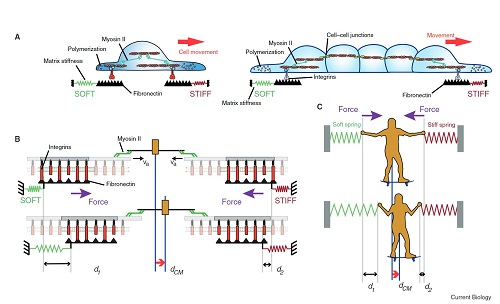 Xavier Trepat, group leader of the “Integrative cell and tissue dynamics” at IBEC together with Raimon Sunyer, Senior researcher in Trepat’s lab, have written a Primer in Current Biology magazine on “Durotaxis”, a cell migration mechanism that might have a role in several disease states that include the stiffening of tissues.
Xavier Trepat, group leader of the “Integrative cell and tissue dynamics” at IBEC together with Raimon Sunyer, Senior researcher in Trepat’s lab, have written a Primer in Current Biology magazine on “Durotaxis”, a cell migration mechanism that might have a role in several disease states that include the stiffening of tissues.
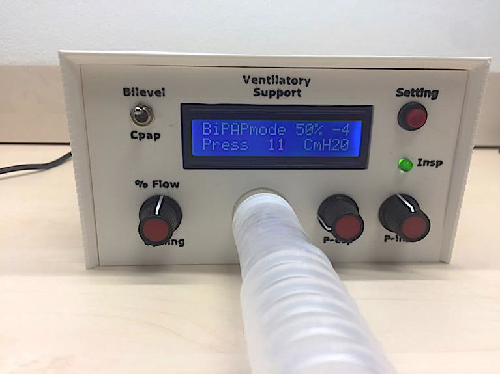 A project led by the University of Barcelona to which IBEC Group Leader Daniel Navajas has contributed has created a non-invasive low-cost ventilator to support patients with respiratory diseases in areas with limited means.
A project led by the University of Barcelona to which IBEC Group Leader Daniel Navajas has contributed has created a non-invasive low-cost ventilator to support patients with respiratory diseases in areas with limited means.
 The journal “EBioMedicine” of “The Lancet” has just published the procedure that allowed the creation, last year, of the “PeriCord”, the first human cardiac bioimplant, in which development the Institute for Bioengineering of Catalonia (IBEC) played a key role.
The journal “EBioMedicine” of “The Lancet” has just published the procedure that allowed the creation, last year, of the “PeriCord”, the first human cardiac bioimplant, in which development the Institute for Bioengineering of Catalonia (IBEC) played a key role. 
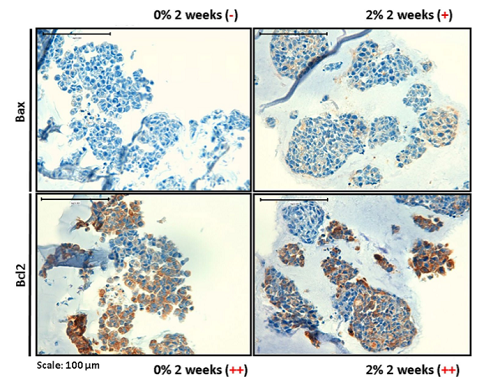 IBEC contributes to elucidate how the rigidity of the tumor extracellular matrix affects the aggressiveness of neuroblastoma, a cancerous tumor that affects mainly children. This opens the door to generate more accurate models to predict tumor development in patients and to work in the design of new treatments.
IBEC contributes to elucidate how the rigidity of the tumor extracellular matrix affects the aggressiveness of neuroblastoma, a cancerous tumor that affects mainly children. This opens the door to generate more accurate models to predict tumor development in patients and to work in the design of new treatments. 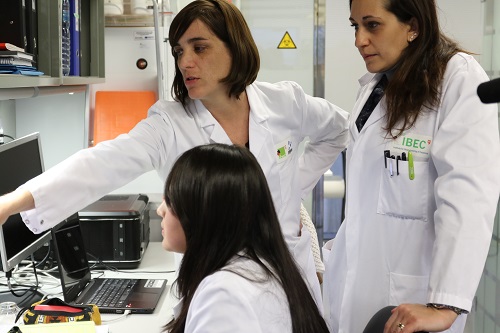
 IBEC researchers led by ICREA Research Professor Núria Montserrat, together with international collaborators, have identified a drug capable of blocking the effects of the SARS-Co-V2 virus, the origin of the Coronavirus 2019 disease.
IBEC researchers led by ICREA Research Professor Núria Montserrat, together with international collaborators, have identified a drug capable of blocking the effects of the SARS-Co-V2 virus, the origin of the Coronavirus 2019 disease.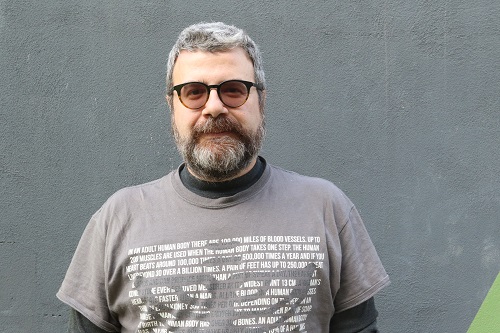
 Researchers at Institute for Bioengineering of Catalonia (IBEC) have proposed a model that gives important insights into how nanoparticles interact with cells, virus, bacteria or proteins, among others.
Researchers at Institute for Bioengineering of Catalonia (IBEC) have proposed a model that gives important insights into how nanoparticles interact with cells, virus, bacteria or proteins, among others. 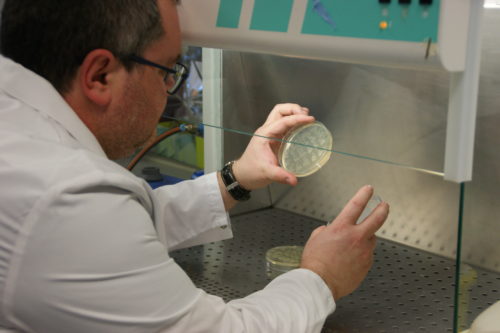
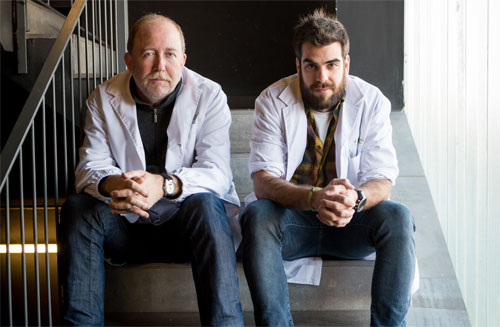
 The Molecular and cellular neurobiotechnology group with the collaboration of the Nanobioengineering group, both of them at IBEC, have applied a new light-stimulated technique to modulate muscular activity and stimulate cell regeneration of the peripheral nervous system.
The Molecular and cellular neurobiotechnology group with the collaboration of the Nanobioengineering group, both of them at IBEC, have applied a new light-stimulated technique to modulate muscular activity and stimulate cell regeneration of the peripheral nervous system.